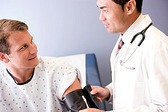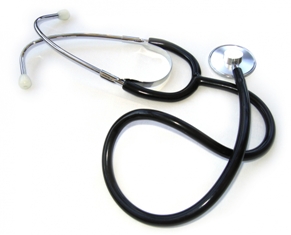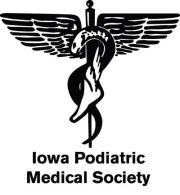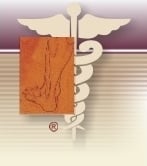 Adopting EHR software can modify provider workflow and charting processes. This means that healthcare professionals must strategically implement the new technology in order to provide high quality care without affecting productivity. What providers often fail to take into account, however, is that patients must also get used to the EHR’s presence in the exam room. Therefore, providers must implement the software in a way that does not affect patient satisfaction.
Adopting EHR software can modify provider workflow and charting processes. This means that healthcare professionals must strategically implement the new technology in order to provide high quality care without affecting productivity. What providers often fail to take into account, however, is that patients must also get used to the EHR’s presence in the exam room. Therefore, providers must implement the software in a way that does not affect patient satisfaction.
Here are a few ways that physicians can use their EHR software to improve the doctor-patient relationship.
Use the Chart View screen to review the patient’s medical history. Doing so before entering the exam room will allow you to interact with the patient straightaway without having to go straight to the computer. 1st Providers Choice’s Chart View menu provides physicians with important patient information, such as:
- Problem list
- Chronic conditions
- Past and current medications
- Patient allergies
- Family and social histories
Engage the patient in the visit by explaining how the EHR software is being used. Though most patients aren’t wary of what their doctor is doing, too much time spent typing can make the visit feel impersonal and the patient feel neglected. Instead of having the patient wait while you send out a prescription electronically or transmit a lab order through the EHR, involve them in the process and show them what you are doing. After you type visit notes into the EHR, let the patient know that they can view their visit summaries through your practice’s online patient healthcare portal.
Make sure your computer is positioned in a way that is easy for the patient to view. This is critical if you plan to show the patient test results in the EHR or demonstrate how an e-prescription is sent. It is also important in order to prevent the computer from becoming an obstacle that hinders free-flowing communication. Instead of positioning your EHR-enabled computer on a desk between you and the patient, put it somewhere that the patient can easily see.
To learn more about our EHR software solutions and how they can benefit your practice, call 480-782-1116 or contact us online.








